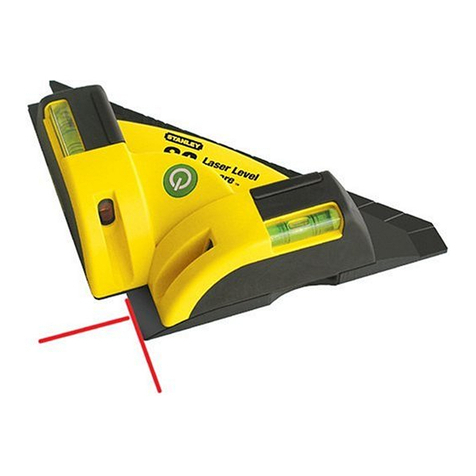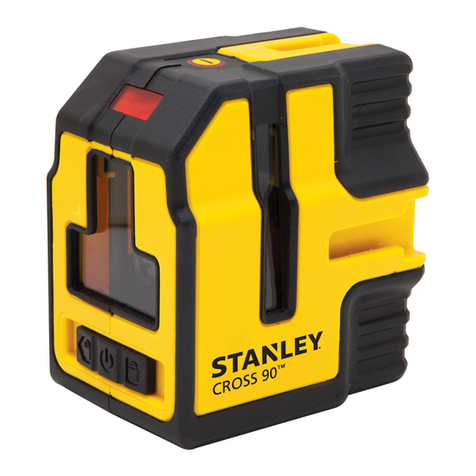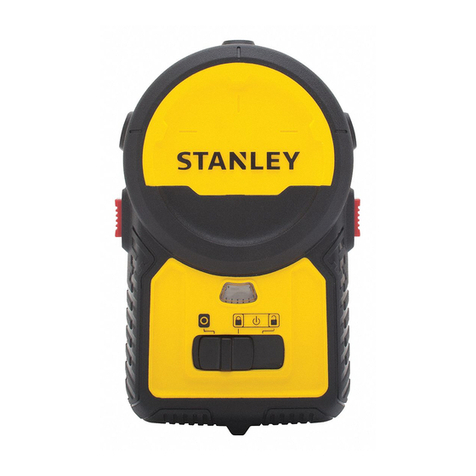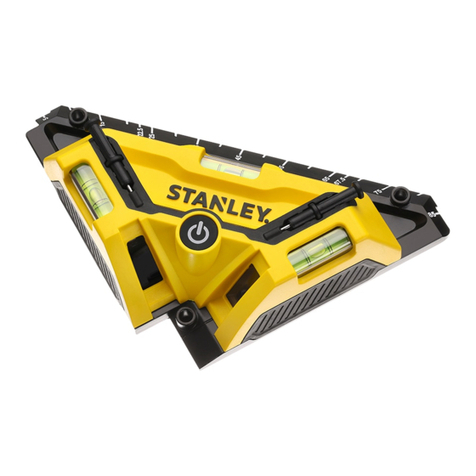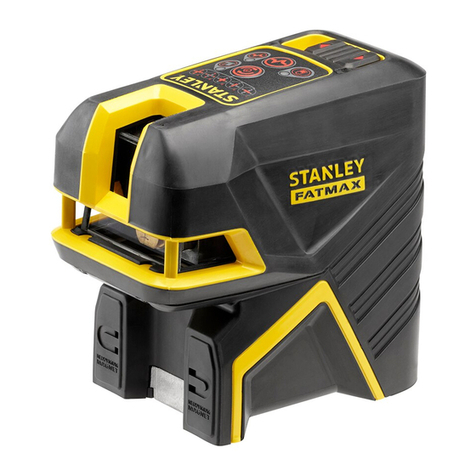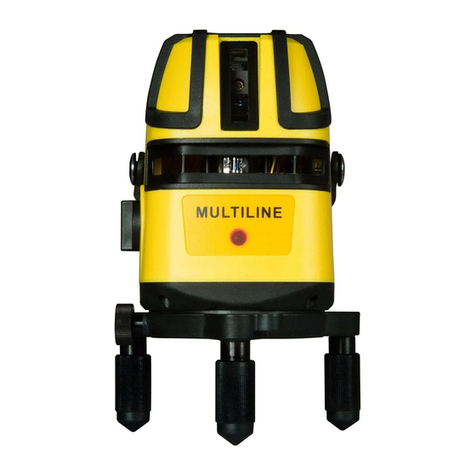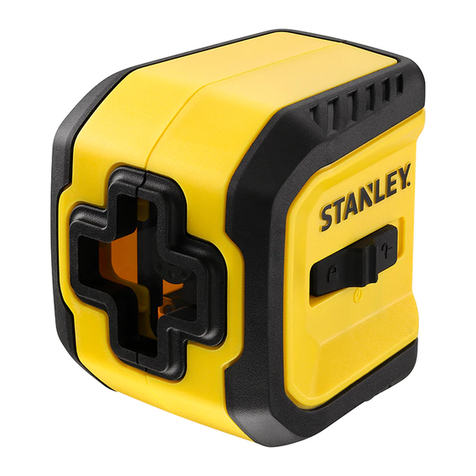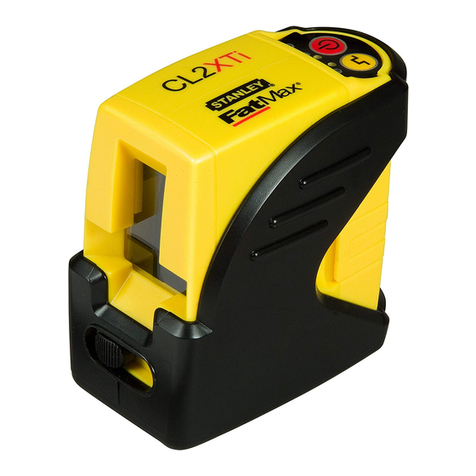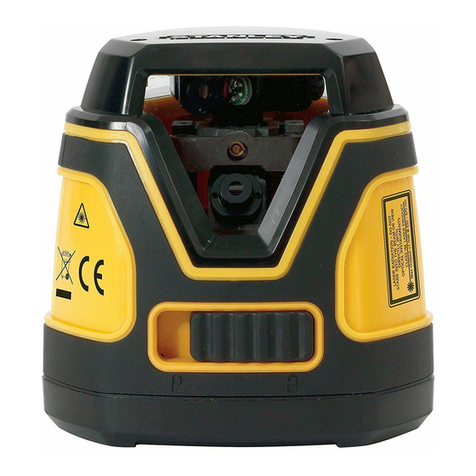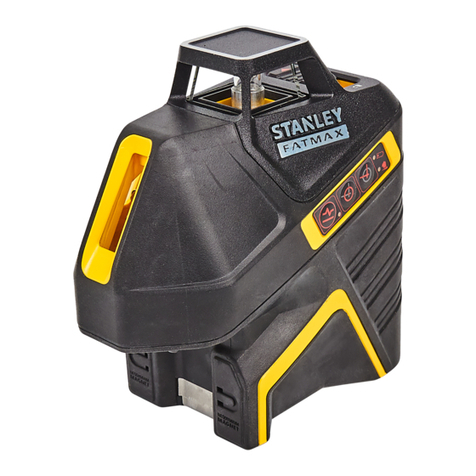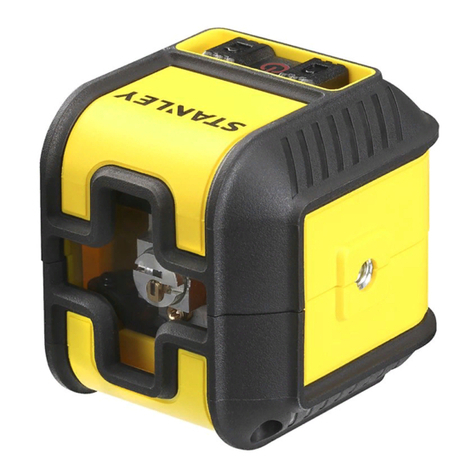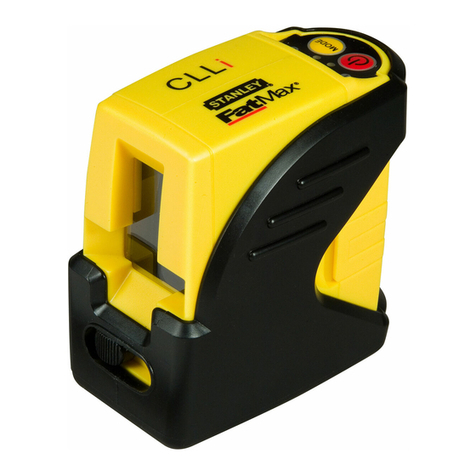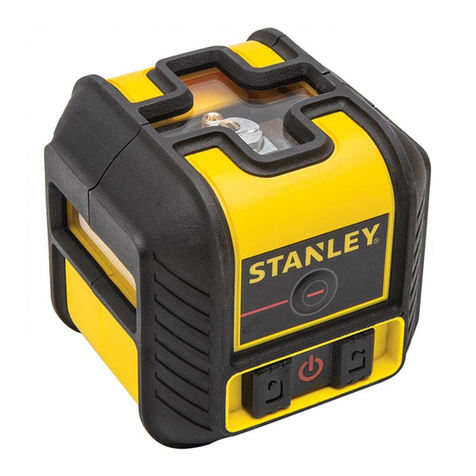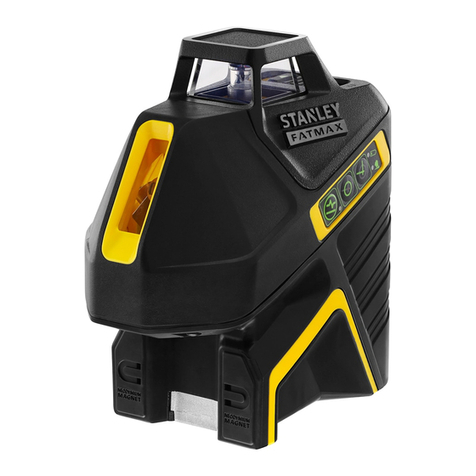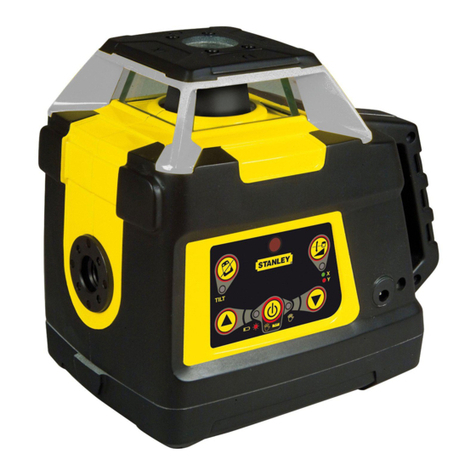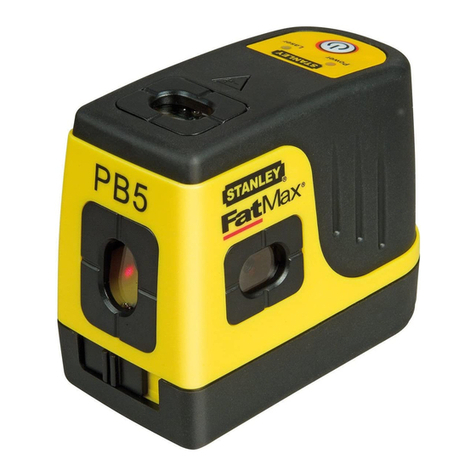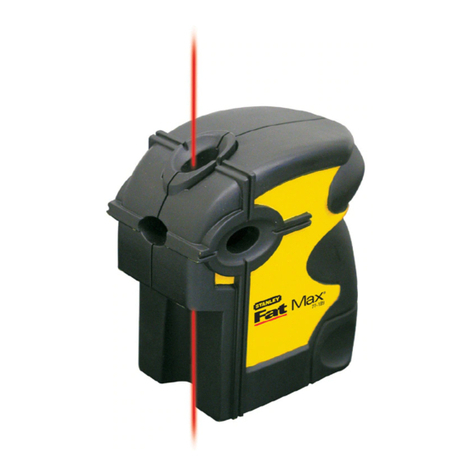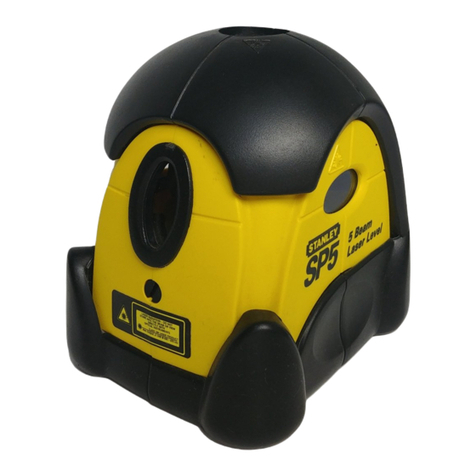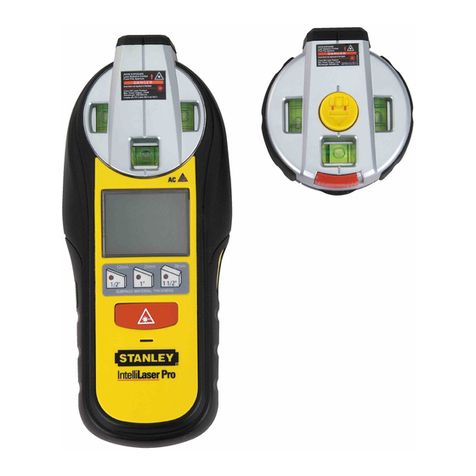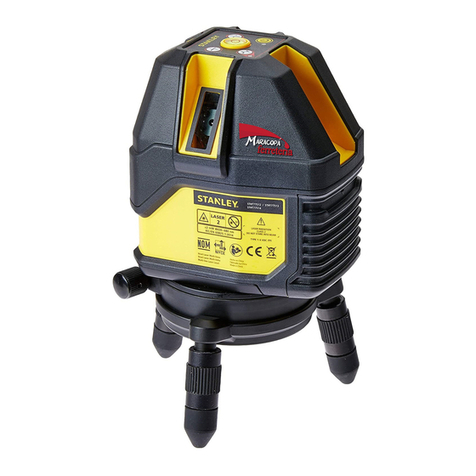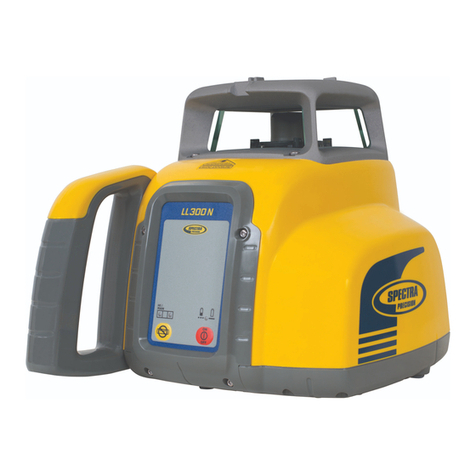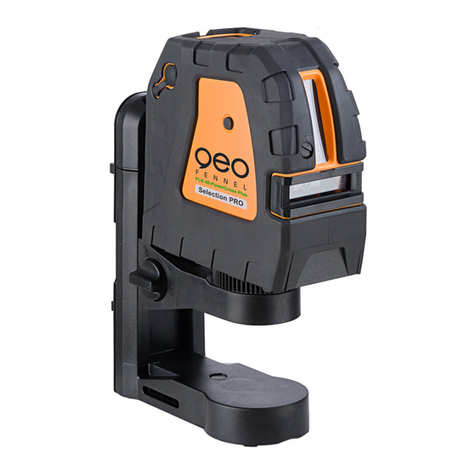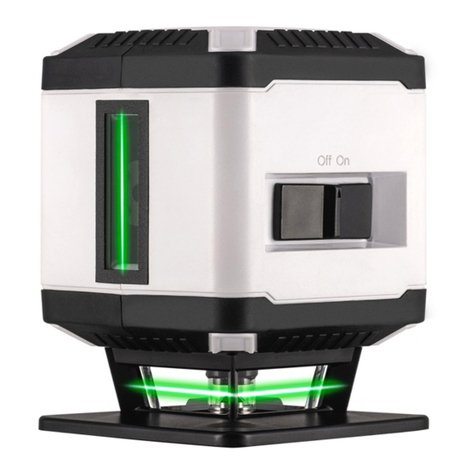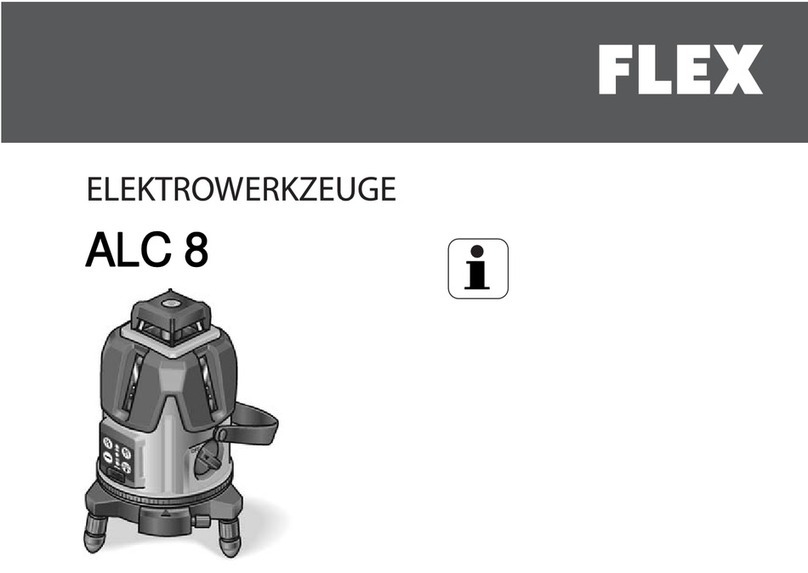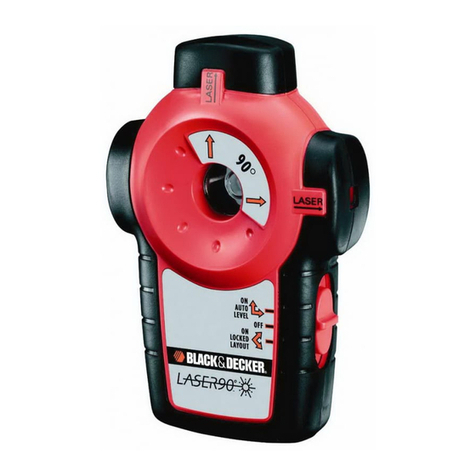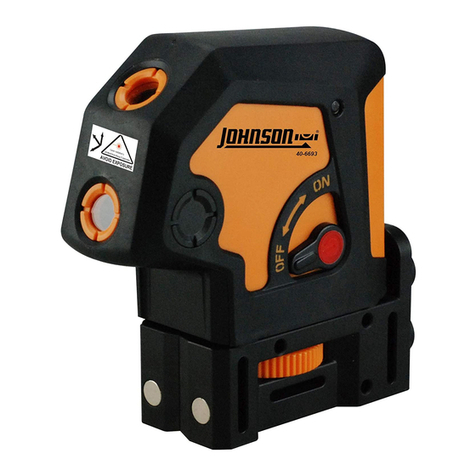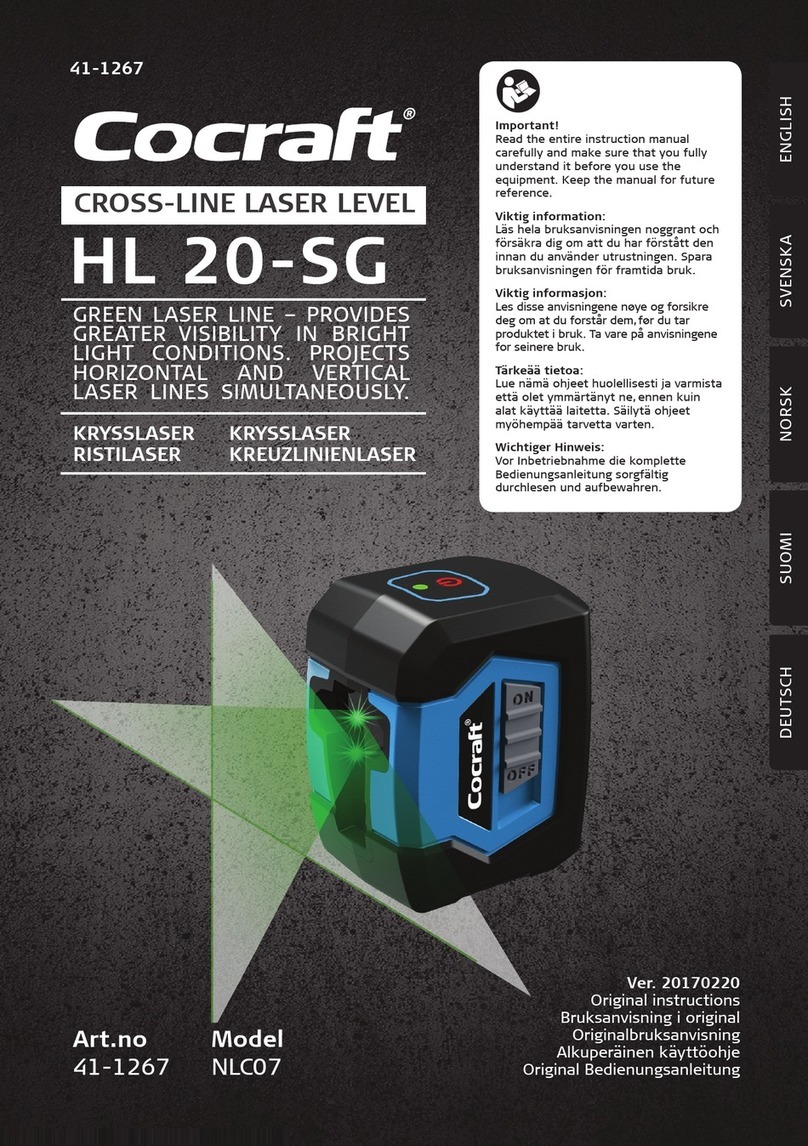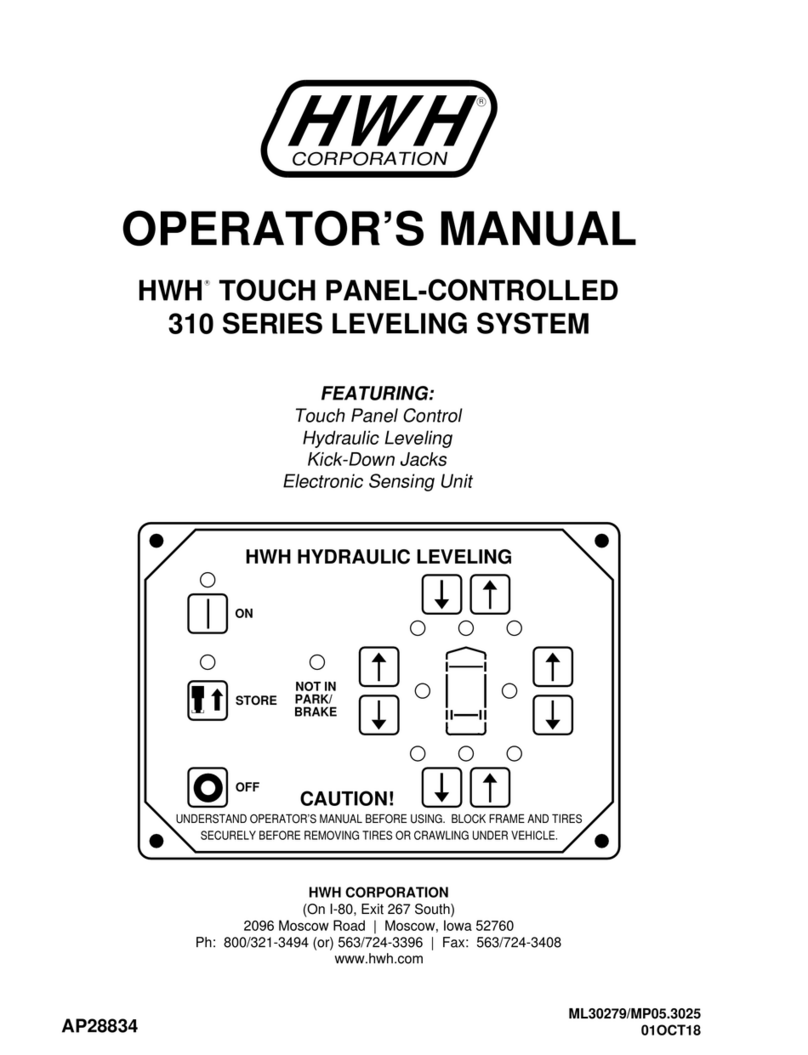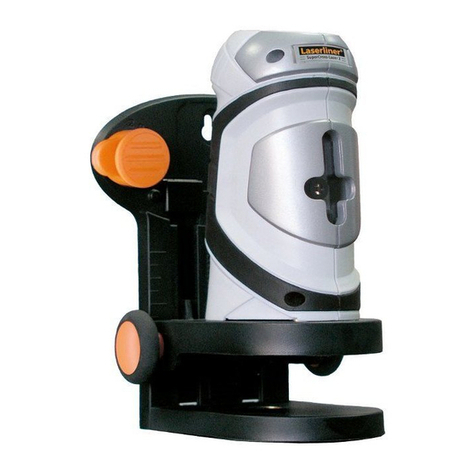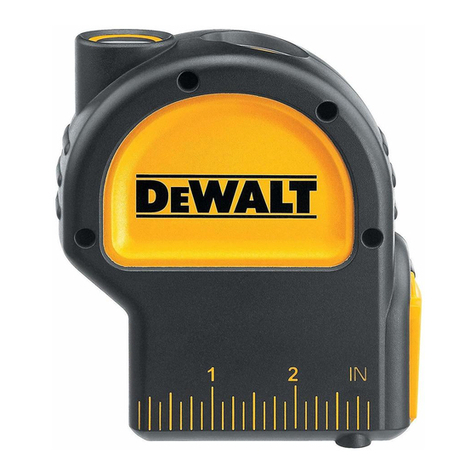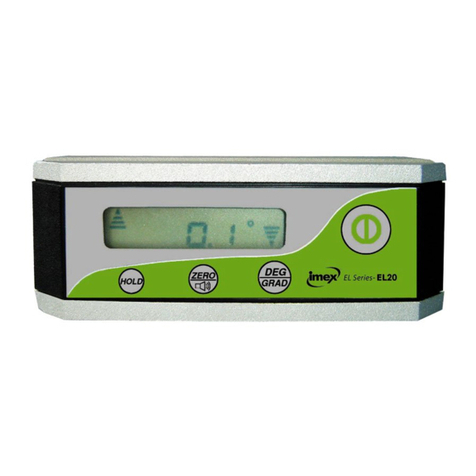
10
GB
• Do not operate the laser in explosive
atmospheres, such as in the presence of
This tool may
create sparks which may ignite the dust or fumes.
• Store an idle laser out of reach of children and
other untrained persons. Lasers are dangerous in
the hands of untrained users.
•
repair personnel. Service or maintenance
injury. To locate your nearest Stanley service center
go to http://www.2helpU.com.
• Do not use optical tools such as a telescope or
transit to view the laser beam. Serious eye injury
could result.
• Do not place the laser in a position which may
cause anyone to intentionally or unintentionally
stare into the laser beam. Serious eye injury
could result.
•
anyone’s eyes. Serious eye injury could result.
• Turn the laser off when it is not in use. Leaving
the laser on increases the risk of staring into the
laser beam.
• Do not modify the laser in any way. Modifying
the tool may result in hazardous laser radiation
exposure.
• Do not operate the laser around children or
allow children to operate the laser. Serious eye
injury may result.
• If labels
are removed, the user or others may inadvertently
expose themselves to radiation.
• Position the laser securely on a level surface. If
the laser falls, damage to the laser or serious injury
could result.
Personal Safety
• Stay alert, watch what you are doing, and use
common sense when operating the laser. Do not
use the laser when you are tired or under the
of inattention while operating the laser may result in
serious personal injury.
• Use personal protective equipment. Always wear
eye protection. Depending on the work conditions,
wearing protective equipment such as a dust
mask, non-skid safety shoes, hard hat, and hearing
protection will reduce personal injury.
Tool Use and Care
• Do not use the laser if the Power/Transport Lock
switch does not turn the laser on or off. Any tool that
cannot be controlled with the switch is dangerous
and must be repaired.
Follow instructions in the Maintenance section of this
manual. Use of unauthorized parts or failure to follow
Maintenance instructions may create a risk of electric
shock or injury.
Battery Safety
WARNING:
Batteries can explode, or leak, and can
To reduce this risk:
• Carefully follow all instructions and warnings on the
battery label and package.
• Always insert batteries correctly with regard to
polarity (+ and –), as marked on the battery and
the equipment.
• Do not short battery terminals.
• Do not charge disposable batteries.
• Do not mix old and new batteries. Replace all
batteries at the same time with new batteries of the
same brand and type.
• Remove dead batteries immediately and dispose of
per local codes.
•
• Keep batteries out of reach of children.
• Remove batteries when the device is not in use.
